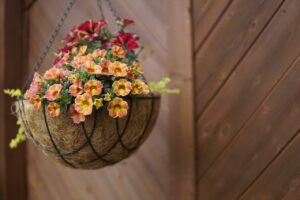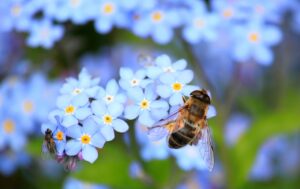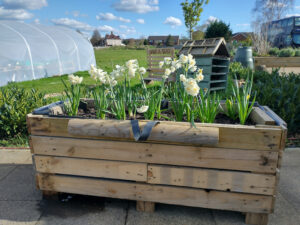
The no-dig gardening method has become extremely popular, and it’s easy to see the appeal to both amateur and experienced gardeners alike. Many gardeners who have utilised this method have found it makes their gardens and allotments far more manageable, fewer weeds appear (and those that do can be removed easier), and plants and vegetables are of a higher quality than with traditional gardening methods. It sounds like a dream come true for any gardener or allotmenteer!
If you’ve been considering this method of gardening, there truly is no time like the present. However, if you’re still hesitant, here’s exactly what you need to know about the no-dig gardening method.

What is No Dig Gardening?
Although it has gained notable popularity in the last couple of years, the no-dig method has been around for decades and is based on allowing nature to take its course around the garden or allotment as it would in the wild. Traditionally, gardeners have always dug the soil to loosen it up and to mix in compost to boost its nutritional value. The No-Dig method approaches these needs differently. By simply adding a layer of compost to the soil surface the same benefits can be achieved by allowing the compost to naturally be worked into the soil over time.
By not disturbing the soil as much as with traditional gardening methods, you can avoid causing any accidental damage to the life that grows within it, as well as providing your plants with richer soil in which to grow.
Avoiding damage to soil life such as worms and various types of fungi that work in partnership with plantlife, allows for an environment that your plants will flourish in. The undisturbed soil will also allow microorganisms to flourish and soil structure to improve, which means that plants are anchored better in your beds. No-dig gardening is also meant to typically involve growing your desired plants in beds that can be reached by using thin paths on either side of the plot, so as not to be entirely overwhelming in space. But by far the biggest advantage of No-Dig gardening is how much time it can save. Gardeners that use the “No Dig” method have found season after season, that fewer weeds grow, and those that do can be removed with ease. One reason for this is that digging the soil can bring weed seeds closer to the surface, allowing them to germinate. So by not disturbing the soil, these seeds remain.
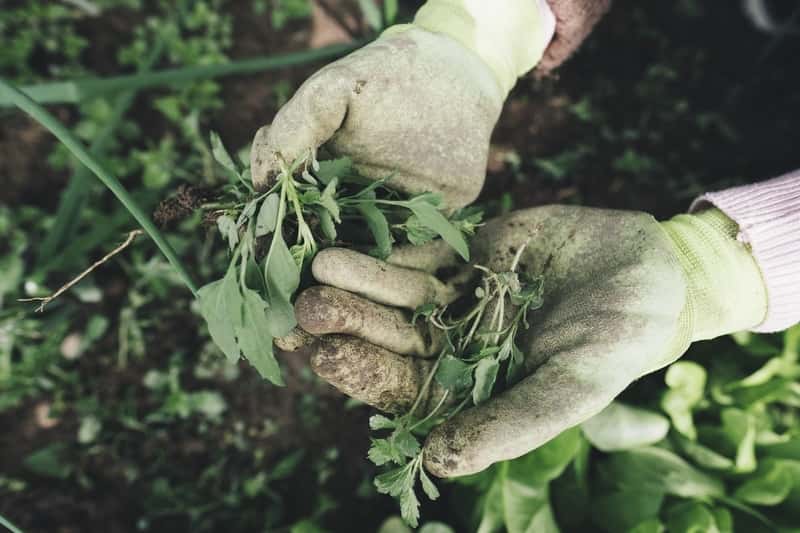
Is No Dig Gardening Right For Me?
No-dig gardening really is for anyone. Typically, no-dig gardening is perfect for those of an older generation who would still like to garden but would prefer to not exert too much energy. However, the benefits of no-dig appeal to all gardeners, and this method is a fantastic option for people who are new to gardening because it is simple to set up, less time-consuming, and makes gardens and allotments easier to manage.
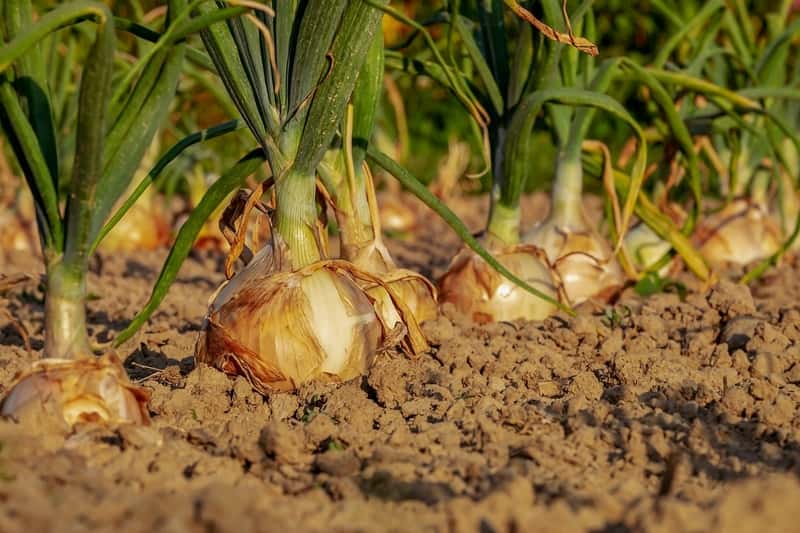
How Do I Get Into No Dig Gardening?
We recommend starting with a small no-dig bed which can be easily managed as you get started with no-dig gardening.
The great thing about the no-dig method is that you don’t need to remove any weeds or grass; simply add a layer of cardboard over your chosen area and place around 5cm (2 inches) of Earth Cycle No-Dig Compost on top before planting. This method really is incredibly simple to do, and it’s easy to achieve fantastic results at the end of the process.

How Can I Maintain My New No-Dig Bed?
As with any garden or vegetable plot, keeping your new no-dig bed maintained is an ongoing process to achieve the results you’re looking for. However, you’ll be happy to know that in order for your no-dig garden/no-dig vegetable garden to succeed, all you need to do is continue to apply about 1 inch (2.5cm) of compost to your no-dig bed every year.
Remember that applying this extra layer of surface mulch should be done so in the autumn or spring months to guarantee you the best results. Typically, no-dig gardening eliminates the need for manure, however even though manure is not needed for your plants to succeed, the application of it certainly won’t hinder the growth of your produce.
Although no-dig beds generally produce fewer weeds, you will discover some appearing over the growing season. You should hoe regularly to remove any smaller weeds before they begin to spread, and any large weeds that appear should be easy to remove using a hand trowel.

No Dig Gardening Method Conclusion
When it comes to any form of gardening, what matters most is that you’re having fun, enjoying your environment and that you’re happy with the outcome. However, if you’re new to no-dig gardening it’s important to remember a few things when creating your first no-dig bed:
- Measure and mark out the area to be turned into your No-Dig bed and remove any large weeds. There is no need to dig the area over or remove any existing turf if it was originally lawn; simply lay out cardboard on top of the grass. If you need to keep it in place, add more weight to it by wetting it.
- Add a 5cm (2 inch) layer of Earth Cycle No-Dig Compost on top of the cardboard. We recommend our No-Dig Compost for creating new No-Dig beds as it has been formulated to provide the best start for young plants. Earth Cycle No-Dig Compost is a growing media that can be planted directly into rather than mixed with the existing soil like other composts which should be used as soil amendments.
- Carefully plant into your new No Dig vegetable bed or No-Dig flower bed.
Other key points to remember:
- Make sure that you sow your seeds when they’re in season! A lot of seed packets have that information on them, so just make sure you’re choosing the right time of year to start your gardening adventure.
- It’s always wise to invest in a basic form of crop protection, such as a mesh sheet to keep those pesky insects away from all your hard work.
If you want to make the first big step when it comes to starting your very own no-dig garden, have a look at our specialised no-dig compost ready for you to use in your next fantastic project.
If you still have questions surrounding the topic of no-dig gardening, or if you simply want to find out more about our extensive range of products, don’t hesitate to contact our friendly and helpful team here at Earth Cycle.

